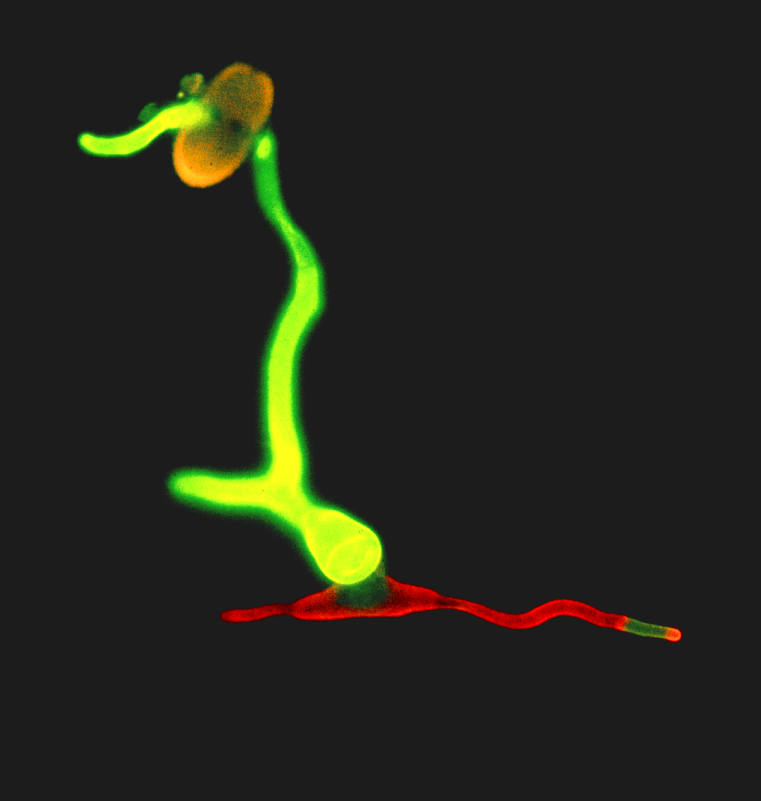New DFG priority programme to the 'chitosan code'

Since almost 25 years, Prof. Moerschbacher’s research at the Institute for Biology and Biotechnology of Plants at the University of Münster has aimed to decipher the ‘chitosan code’. Now, as part of its priority program ‘CodeX’, the German Research Foundation has approved 15 projects across Germany in which more than 20 research teams are dedicated to this topic.
The project: Chitosans are perhaps the most promising group of functional biopolymers, with a wide range of potential applications. The spectrum ranges from filters for drinking water and wastewater, to preservatives for cosmetics and food, biological pesticides for sustainable agriculture, prebiotic substitutes for antibiotics in animal husbandry, nanoparticles for the targeted delivery of active ingredients and vaccines, and wound dressings that allow even severe burns to heal without scarring. An all-rounder? Snake oil of the 21st century? The suspicion is obvious. And this image has also hampered the development of chitosan-based products for decades. In fact, in the past, applications of chitosan, especially in agriculture and medicine, have all to often been unreliable: sometimes, plants have become resistant to disease after chitosan treatment, but sometimes they did not; sometimes, wounds healed under chitosan dressings without leaving scars, but sometimes they did not. What to do?
The idea: there is not just one chitosan, but there are many chitosans that differ slightly in structure - and different chitosans have different properties and functionalities. Thus, their structure/function relationships must be understood in order to be able to use the optimally suited chitosan for each specific application. In a series of European and international research projects, Prof. Moerschbacher and his colleagues have laid the chemical and biochemical, biotechnological and bioanalytical foundations for the targeted production and investigation of different chitosans. In other words: to crack the chitosan code! Now, the time is ripe to broadly distribute these well-defined Second and Third Generation chitosans to widely explore their potential. And at the same time, to analyse the chitosans naturally occurring in various organisms, such as fungi and insects, and to understand their functions. This may then open the door to the next, Fourth Generation of chitosans, natural chitosans with perhaps as yet unknown properties and possibilities.
